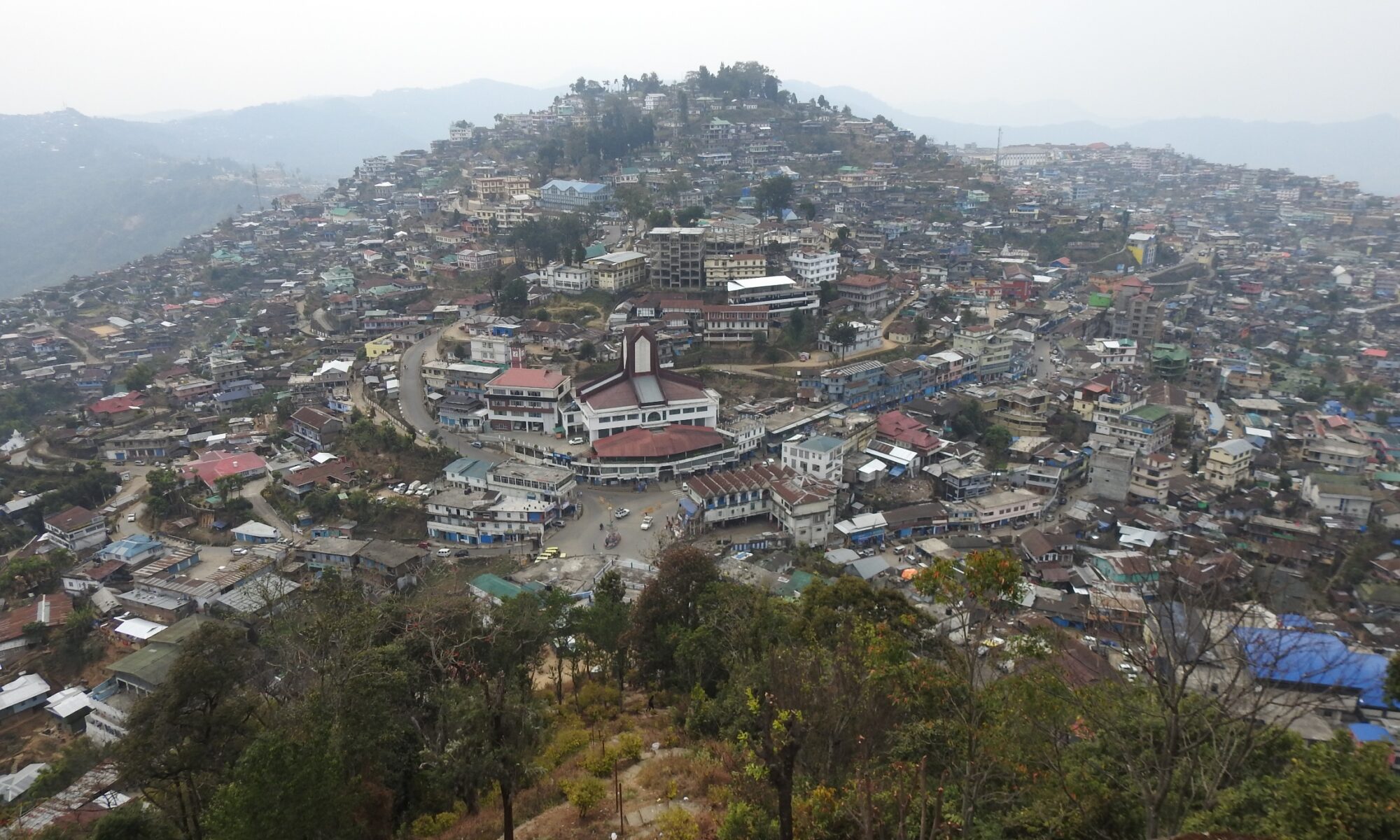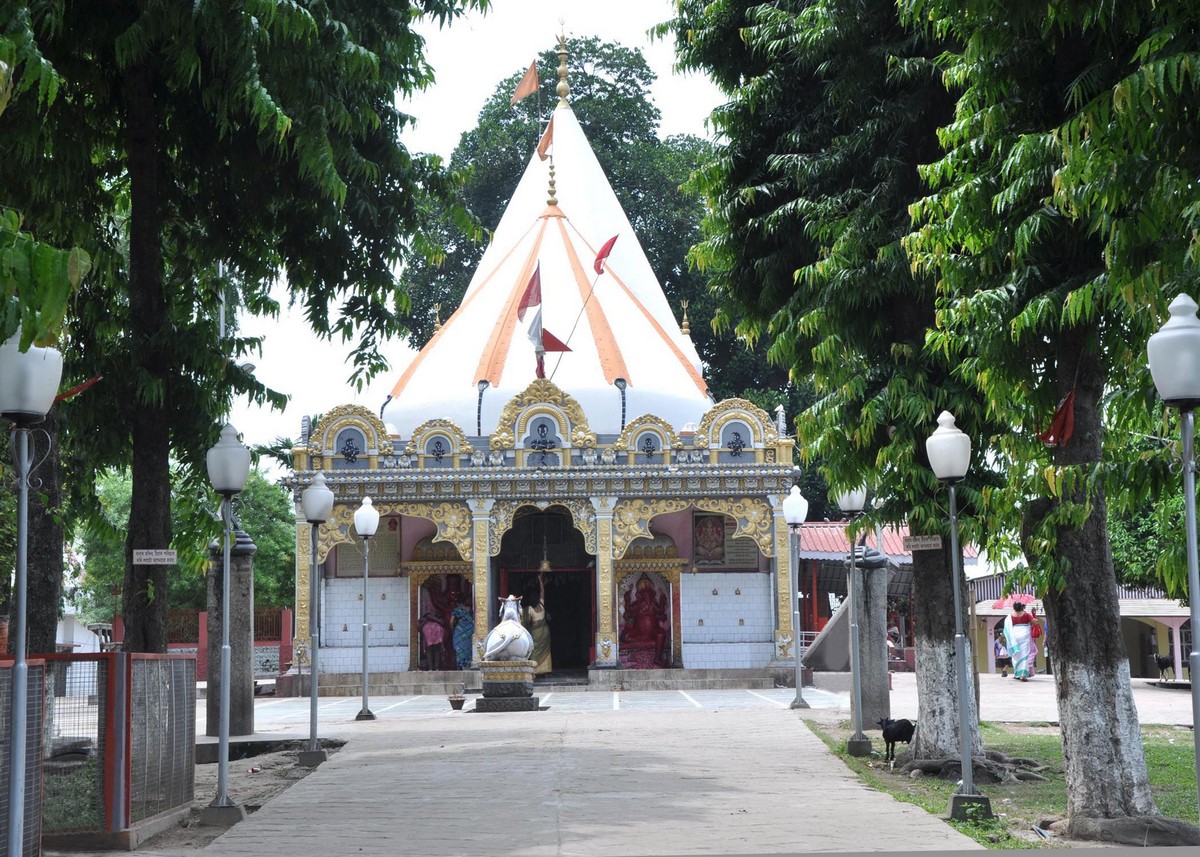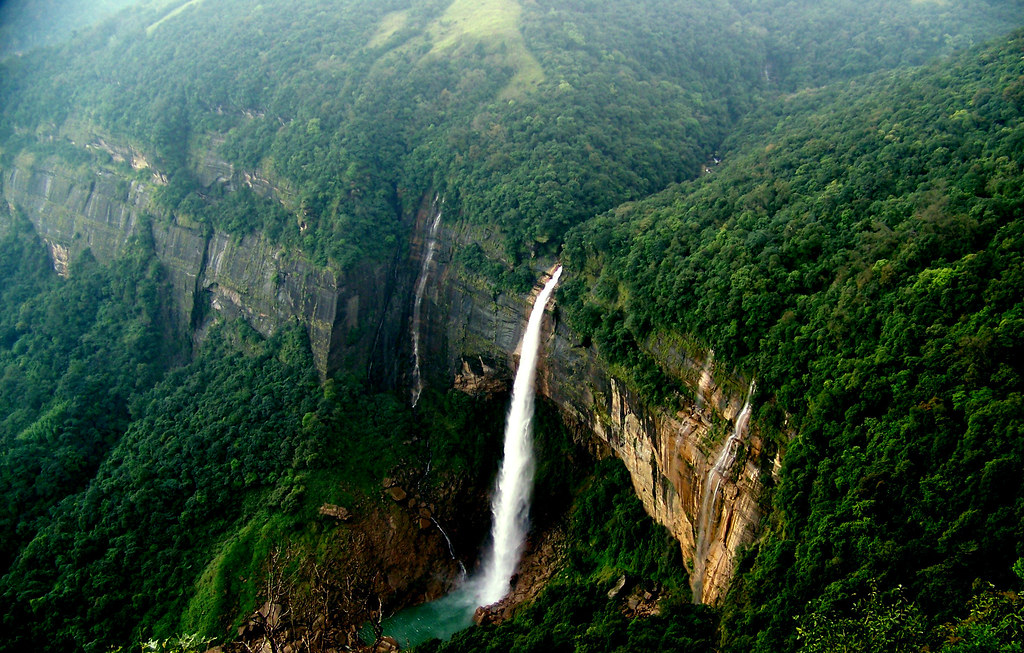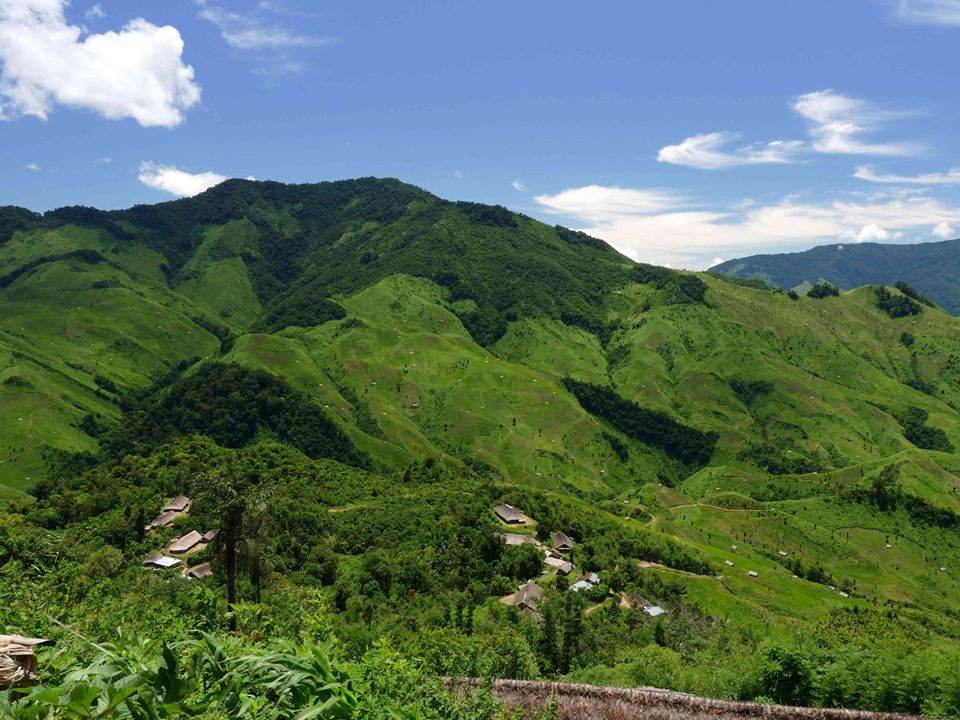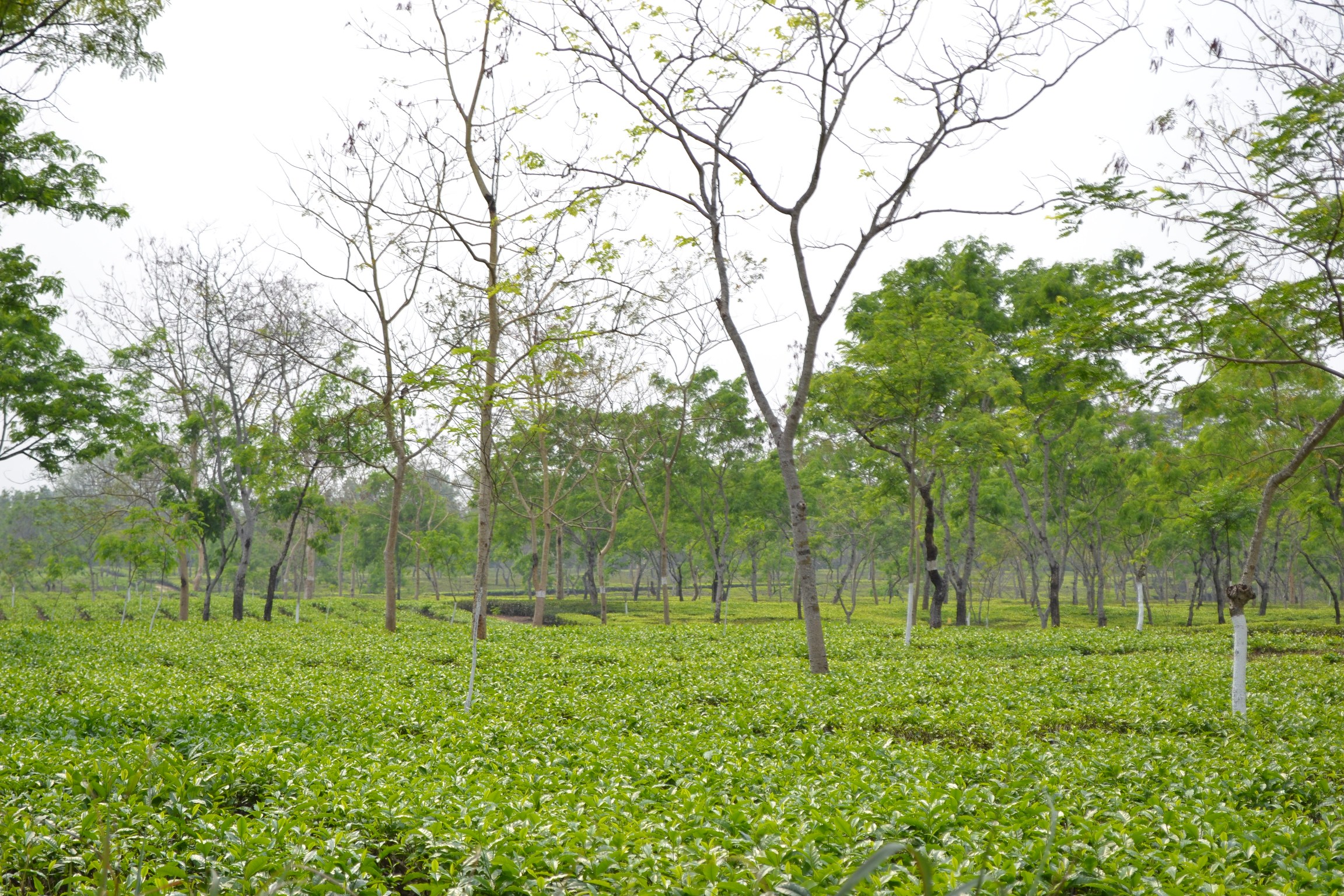Nestled amidst the enchanting hills of Northeast India, Nagaland beckons travelers with its vibrant culture, breathtaking landscapes, and spirited festivities. Aptly called the “Land of Festivals,” Nagaland is a treasure trove of tribal traditions, warm hospitality, and a rich cultural heritage that invites visitors to experience a unique and unforgettable journey.
1. Hornbill Festival – A Cultural Extravaganza: The Hornbill Festival, celebrated in December, is a grand spectacle that showcases the diverse culture and traditions of Nagaland’s tribes. This week-long extravaganza is a vibrant medley of traditional dances, music, and indigenous sports, drawing tourists from all over the world.
2. Exquisite Tribal Culture: Nagaland is home to several indigenous tribes, each with its unique customs and rituals. Visitors have the opportunity to interact with local tribes, witness their traditional way of life, and partake in their festivals, gaining insights into the rich tribal heritage of the state.
3. Naga Cuisine – A Gastronomic Delight: Nagaland’s cuisine is a delightful adventure for food enthusiasts. From savory delights like smoked pork and bamboo shoot delicacies to the fiery Bhut Jolokia pepper-infused dishes, Naga food offers a unique blend of flavors that leave a lasting impression.
4. Majestic Landscapes and Biodiversity: The lush hills and picturesque landscapes of Nagaland provide a serene escape for nature lovers. Dzükou Valley, renowned for its seasonal blooms, and the mesmerizing Mokokchung district are among the many destinations that promise breathtaking views and tranquility.
5. Naga Handicrafts and Weaving: Nagaland’s artisans are known for their skilled craftsmanship in creating exquisite handlooms, wooden artifacts, and traditional Naga jewelry. Exploring local markets offers a chance to witness their creativity and the preservation of ancient art forms.
6. Diverse Music and Folklore: Music is an integral part of Naga culture, and folk songs and dances often narrate tales of bravery and love. The rhythmic beats of traditional instruments like log drums and bamboo flutes add to the unique charm of Nagaland’s cultural heritage.
7. Trekking and Adventure: For adventure seekers, Nagaland offers a plethora of opportunities, including trekking through dense forests, exploring remote villages, and embarking on wildlife adventures in places like Intanki Wildlife Sanctuary.
8. Khonoma – India’s First Green Village: Khonoma, known for its pioneering role in conservation efforts, is India’s first green village. It serves as a model for sustainable living and showcases a beautiful amalgamation of cultural heritage and environmental consciousness.
Nagaland’s allure lies in its cultural richness, breathtaking landscapes, and a unique blend of traditions and festivities. Embrace the warmth of Naga hospitality, witness the fervor of its festivals, and immerse yourself in the intriguing tapestry of this vibrant state – a land where every moment is a celebration of life.
Top 10 Places to Visit in Nagaland
Kohima: The capital city of Nagaland, Kohima, offers a blend of colonial history and Naga culture. Visit the Kohima War Cemetery, Naga Heritage Village, and the State Museum.
Hornbill Festival: Although not a specific place, the Hornbill Festival held in Kisama, near Kohima, is a major attraction. It showcases the diverse culture and traditions of Naga tribes and is usually held in December.
Dimapur: Nagaland’s largest city, Dimapur, serves as a gateway to the state. Explore the ancient Kachari Ruins, Triple Falls, and the Nagaland Zoological Park.
Mokokchung: Known as the cultural center of Nagaland, Mokokchung offers insights into the traditional lifestyle of the Ao Naga tribe. Visit the Ao village of Longkhum and enjoy the scenic beauty of the region.
Tuophema: This picturesque village is famous for its community-based tourism initiatives. Experience Naga hospitality, learn about their customs, and stay in traditional huts.
Dzükou Valley: A trekker’s paradise, Dzükou Valley is famous for its enchanting landscapes, especially during the flowering season when the valley is covered with colorful blooms.
Khonoma: Known for its conservation efforts and eco-friendly initiatives, Khonoma is a scenic village that offers a glimpse into the Angami Naga way of life.
Wokha: This district is known for its orange orchards and is often referred to as the “Land of the Lotha Nagas.” Visit the Riphyim Old Village and the Doyang River for a unique experience.
Pfutsero: Located at a high altitude, Pfutsero is known for its pleasant climate and scenic beauty. It is an ideal destination for nature lovers and adventure enthusiasts.
Longleng: A lesser-known district, Longleng offers an offbeat experience with its beautiful landscapes and traditional Naga villages.
Nagaland cuisine
Naga cuisine is known for its use of indigenous ingredients, such as bamboo shoots, fermented products, and locally available herbs and spices. Here are some highlights of Nagaland cuisine:
Smoked Pork: Pork is a staple meat in Naga cuisine, and smoked pork is a popular delicacy. The pork is traditionally smoked over a wood fire, giving it a unique and smoky flavor.
Bamboo Shoot Dishes: Bamboo shoots are widely used in Naga cuisine and are a common ingredient in various dishes, including stews, curries, and pickles.
Naga Morich: Known as one of the spiciest chili peppers in the world, Naga Morich (Bhut Jolokia) is a significant part of Naga cuisine. It is often used to add heat and flavor to dishes.
Fermented Products: Fermentation is an essential part of Naga culinary culture. Fermented soybeans are used to make dishes like Akhuni, and fermented fish is a key ingredient in various chutneys and curries.
Smoked Meat: Apart from pork, smoked beef and smoked fish are also popular in Naga cuisine. The smoking process adds a distinct taste to the meat.
Zutho: Zutho is a traditional rice beer brewed by the Naga tribes. It is a popular beverage during festivals and social gatherings.
Galho: Galho is a traditional Naga dish made with rice, meat, and vegetables. It is similar to a porridge or thick stew and is a comfort food for many Naga people.
Thukpa: Thukpa, a noodle soup, is also enjoyed in Nagaland, particularly in areas with Tibetan influence.
Eromba: Eromba is a spicy Naga dish made with boiled vegetables, fermented fish, and Naga chili peppers.
Naga Sweets: Although not as well-known as other regional cuisines, Naga sweets like Pukhlein (rice and jaggery cake) and Alu Mui are enjoyed during festive occasions.
Naga cuisine is known for its distinct and bold flavors, and trying the local dishes is an essential part of experiencing the rich culture and gastronomy of Nagaland. Keep in mind that some dishes can be extremely spicy, so it’s advisable to inquire about the level of heat before trying them if you are not accustomed to spicy food.

